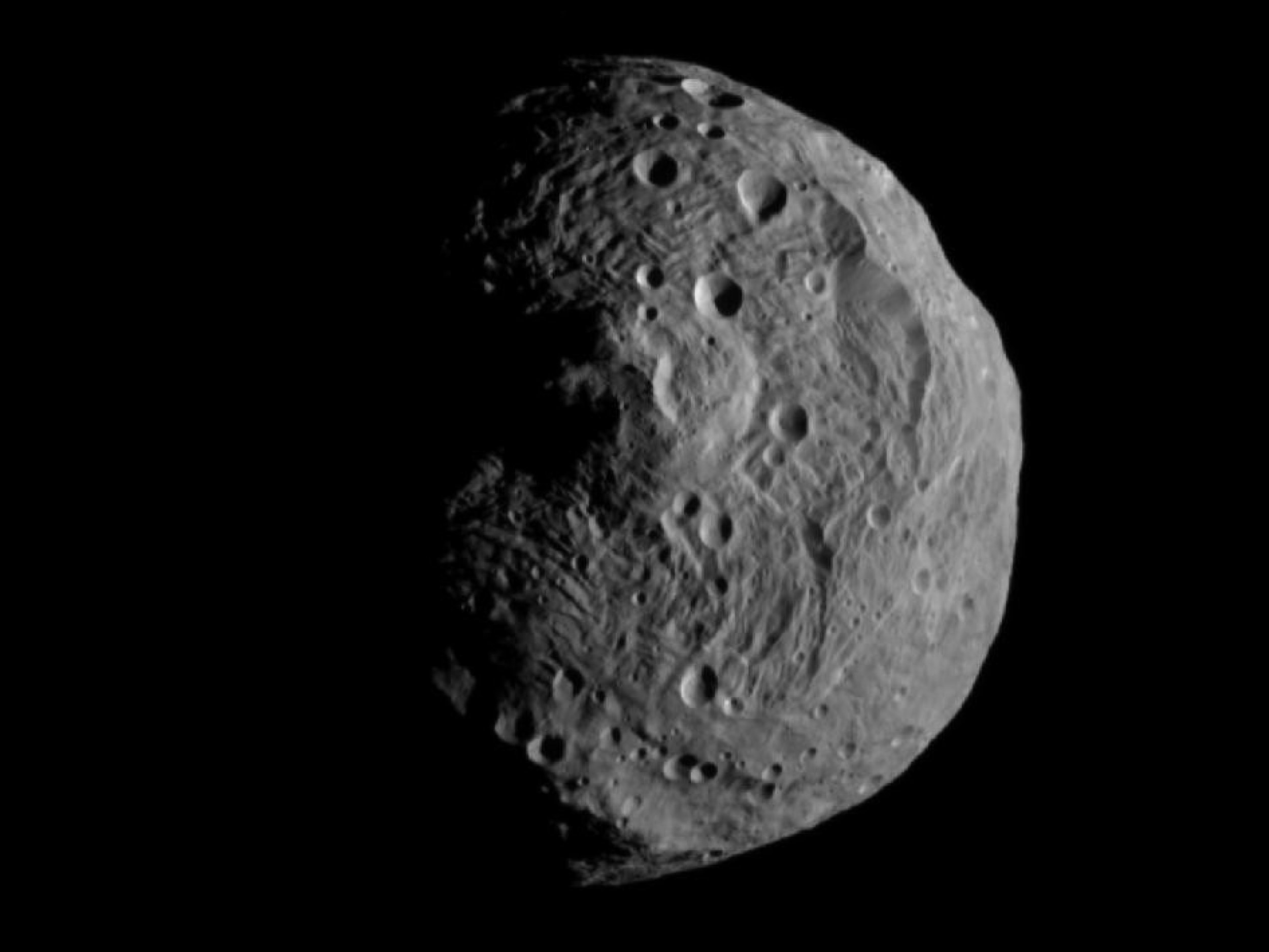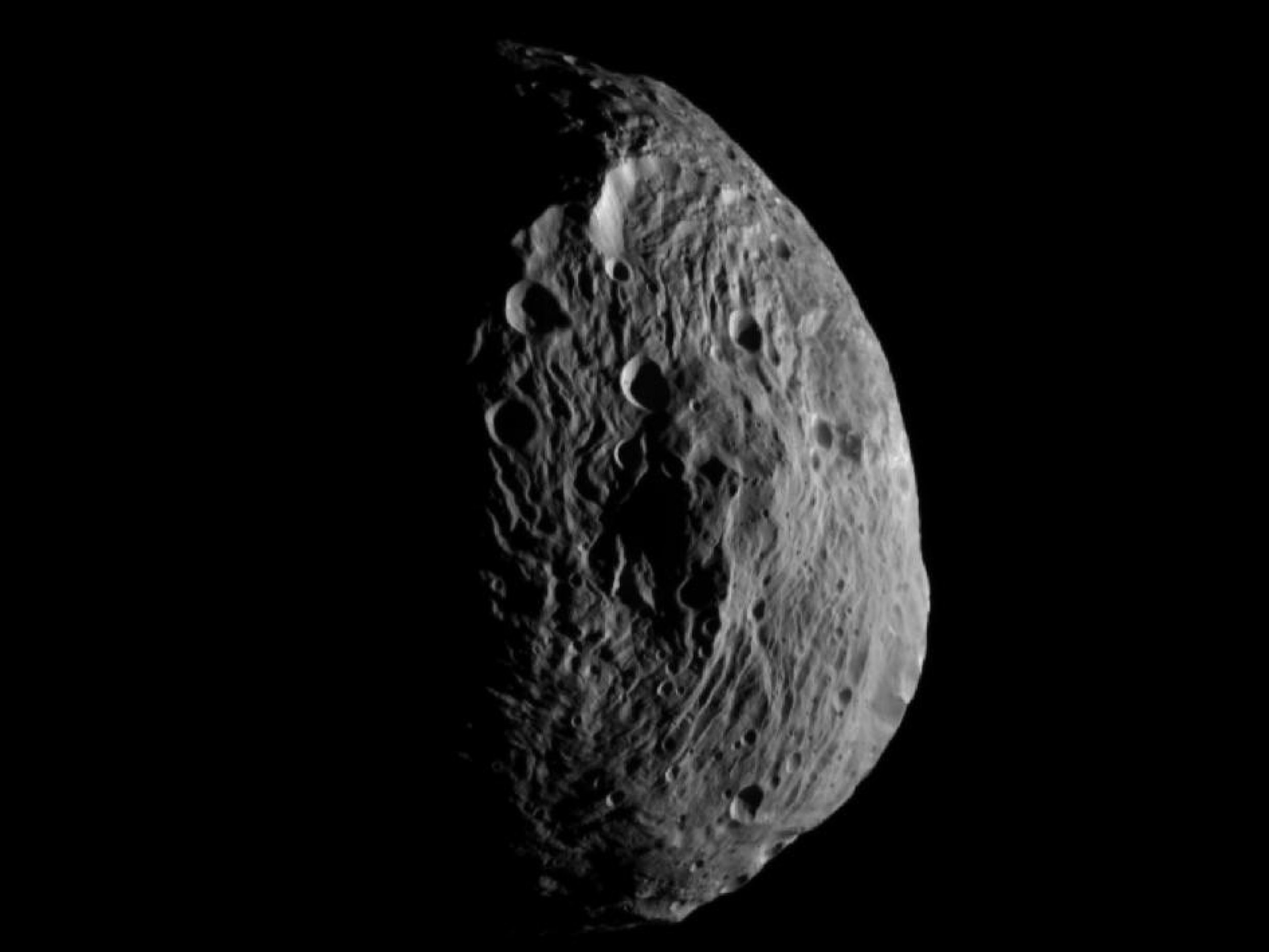NASA Dawn Probe Sends First Images of Asteroid Vesta [PHOTOS]
The giant asteroid Vesta is coming into focus after NASA's Dawn probe beamed back the first photo of the space rock.
Vesta is the second largest body in the asteroid belt between Mars and Jupiter, and Dawn recently arrived to study it after a four year, 117 million mile journey. The satellite will spend a year revolving around Vesta, a lopsided and cratered gray orb with a circumference of about 260 miles, before moving on to the dwarf planet Ceres.
Scientists believe that asteroids such as Vesta can provide important clues about the early days of the Solar System because they are essentially the rubble left over from when planets formed. The latest images of Vesta provide a better look at the craters pockmarking its surface, and the University of California Los Angeles' Professor Chris Russell told the BBC that the asteroid is proving to be more visually interesting than anticipated.
The surface is much more colourful; the colours are deeper than they are on the [Earth's] moon, Russell said. The Moon is rather bland compared to the surface [of Vesta].
Below is the photo, taken from a distance of about 6,500 miles.



© Copyright IBTimes 2024. All rights reserved.





















